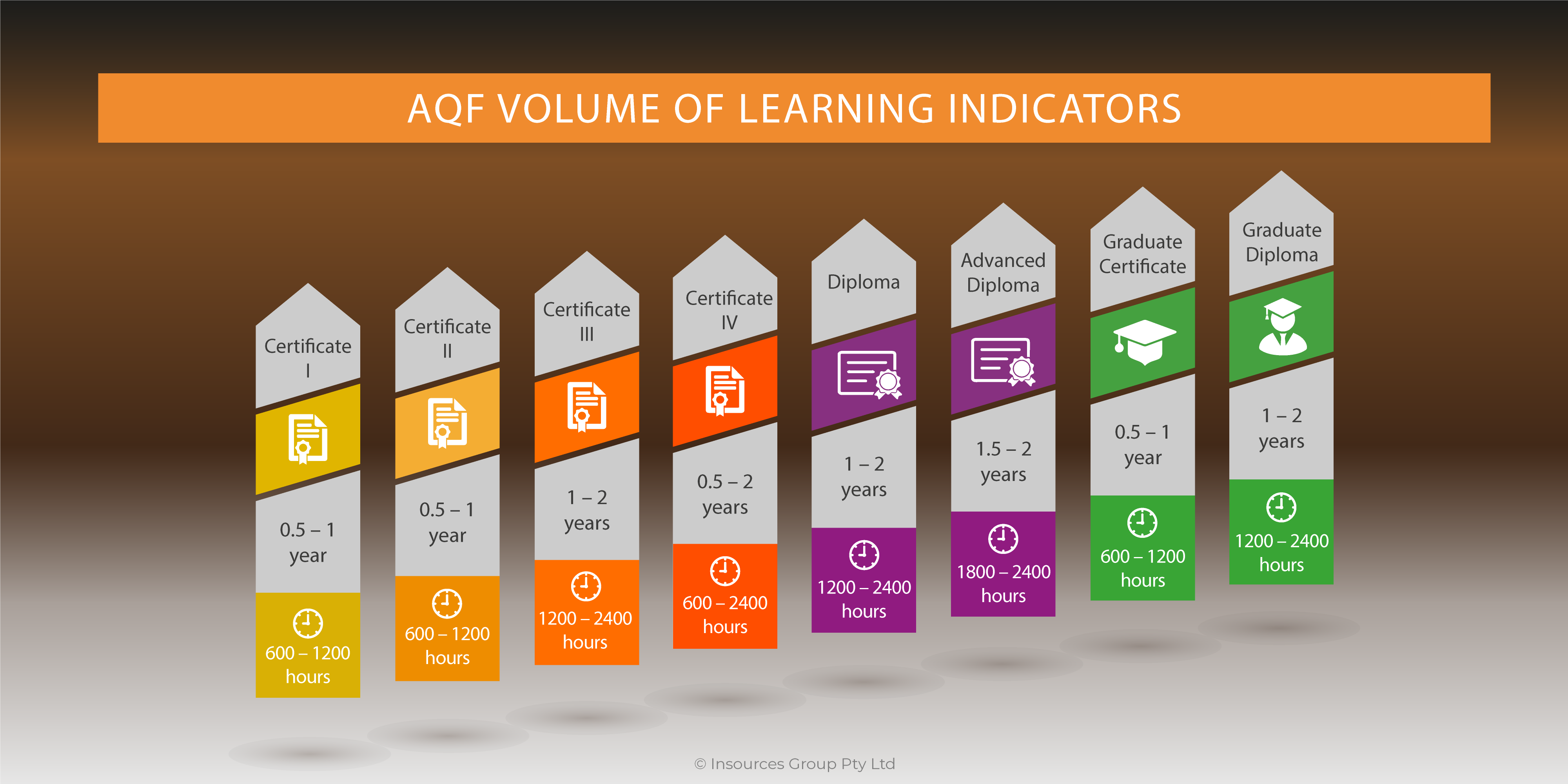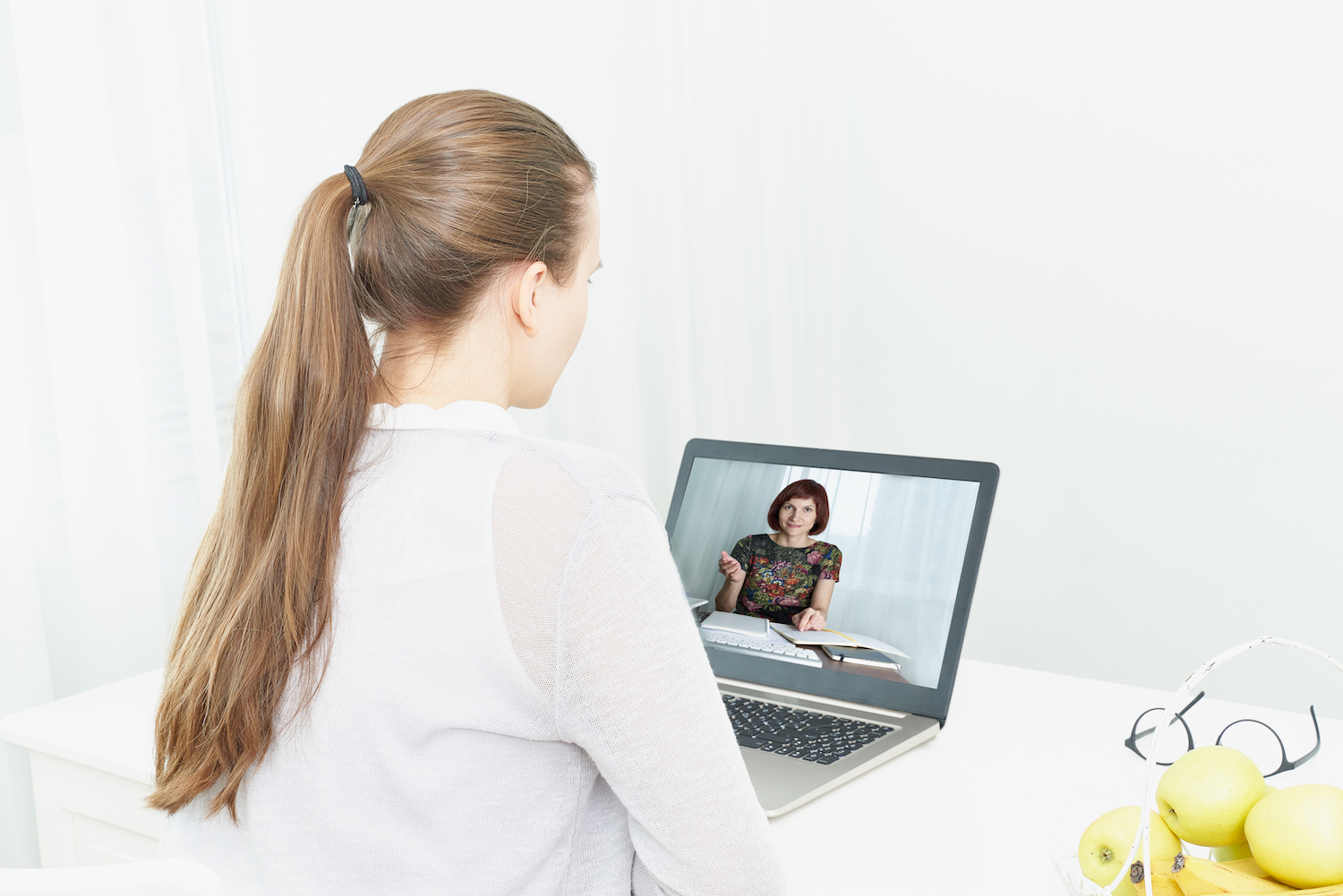 Vocational education and training professionals are all familiar with the common demand from employers and learners: achieve higher levels of learning and performance with fewer resources—and with employees spending less time away from their jobs.
Vocational education and training professionals are all familiar with the common demand from employers and learners: achieve higher levels of learning and performance with fewer resources—and with employees spending less time away from their jobs.
Flipped learning is one model training organisations around the world are embracing to meet bottom-line demands, maximize value, and increase quality productivity.
Already popular in higher education, the flipped learning model is gaining momentum in vocational training. Training organisations in Australia have been using “blended” delivery modes to maximise effectiveness of training resources for more than two decades, but flipped learning may provide a different focus to this blended approach. Although there seems to be no single model for the flipped classroom, the term is widely used to describe almost any class structure that provides pre-recorded lectures, reading materials, and self-directed exercises followed by a classroom, workshop-based learning experience. In this way, class becomes the place to work through problems, advance concepts, and engage in collaborative learning.
The good news is that the flipped model can provide learners with a new way to integrate the best of classroom learning with self-directed, learner-generated activities.
The downside
Flipped learning is easy to get wrong. Sure, the concept seems straightforward, but an effective flip requires careful preparation—the same as every other learning solution. Recording lectures and preparing pre-course materials still requires significant effort and time, and out-of-class and in-class elements must be carefully integrated for learners to understand the model and be motivated to prepare for class.
In particular, designers need to keep in mind four key aspects of the flipped classroom model:
- Demonstration and application: How can we develop materials that support learner-generated personalised projects and presentations?
- Meaning making: What sort of pre-class activities help learning stick? Should we use blogs, podcasts and videos, and social networking and discussion boards?
- Experiential engagement: What sort of hands-on activities maximize in-class time? How can we leverage games, simulations, labs, and other experiments?
- Concept exploration: What other media-rich tools, such as video and audio lectures, will reinforce learning, and when should we use them?
Are our trainers prepared for flipped learning?
Clearly, introducing a flip can mean additional work and may require new skills for the trainer. It is important that training organisations upskill trainers’ capabilities to ensure they can design and deliver effective training solutions using a blended delivery mode, before considering flipped learning




